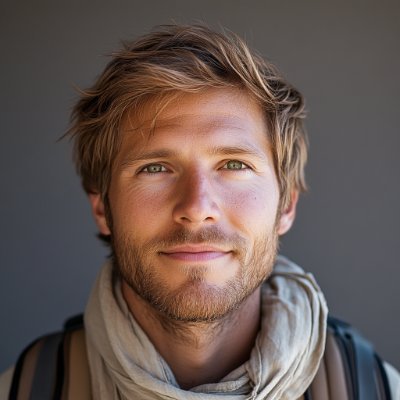Currency in India
What Currency Does India Use Now

India, the land of diverse cultures, vibrant traditions, and eye-catching architecture, is also known for its dynamic economy. Presently, the currency in use in India is the Indian Rupee, denoted as INR. The Indian Rupee got its name from the Sanskrit word 'rupyakam', meaning silver coin. Each Indian Rupee is further divided into 100 paise. However, due to inflation, coins less than 1 Rupee are rare nowadays. The Reserve Bank of India (RBI) is the institution responsible for issuing and controlling the currency in India.
The Indian Rupee notes come in denominations of INR 10, 20, 50, 100, 200, 500, and 2000, while coins are available in denominations of 1, 2, 5, and 10 Rupees. It's interesting to note that each note showcases Mahatma Gandhi, the Father of the nation on the front, while the reverse side features graphical representations of diverse aspects of Indian heritage, including its history, culture, and achievements.
Credit and Debit Cards in India

In today’s digital world, India is no stranger to credit and debit card usage. Major international card systems, such as Visa, MasterCard, American Express and Diners Club cards, are widely accepted in most hotels, restaurants and shops across major cities. Chip-enabled cards are predominant in India due to their additional security features.
However, it is also important to note that in rural and remote areas, card acceptance may be limited, hence carrying some cash is recommended. Tourists are advised to inform their banks about their travel plans to India to avoid any issues with card usage in a foreign country.
Using Cash in India
While India is taking rapid strides towards digitalization, cash still plays a prominent role in everyday transactions. Especially in rural areas and small towns, cash is still king, and many local vendors, taxi drivers, and small stores may only accept cash transactions.
It's generally a good idea to keep small denominations of cash at hand, as it makes payment easier in locations where change may not always be readily available. Travellers should also be aware that old or torn notes are often not accepted, so it's a good idea to ensure that the cash you carry is in good condition.
ATMs in India

ATMs are widespread across India's urban landscapes, and many can be found in smaller towns and even some large villages. Most Indian banks' ATMs accept international cards, making it easy for tourists and expats to withdraw Indian Rupees. However, keep in mind that there may be a limit on the amount you can withdraw per transaction, and additional fees may apply for international withdrawals.
The ATMs work 24 hours a day, seven days a week, and are generally safe to use. But like in any other country, it’s advisable to use ATMs located in busy areas or inside shopping malls, rather than those in secluded areas, for safety reasons.
Bank Hours
Banks in India typically open from 10:00 am to 5:00 pm, Monday through Friday, with the first and third Saturdays of each month also being working days for banks. They are usually closed on Sundays and public holidays.
Some banks, especially those located in major cities, may offer extended hours, and often have customer service available over the phone or online 24/7. However, if you have complex transactions (such as currency exchange, opening an account, or securing a loan), it is advisable to visit during regular business hours. Ahead of visiting, do call ahead to confirm the timings to avoid inconvenience.
In summary, India's financial landscape caters to the needs of everyone - from those who prefer old school cash transactions to those who lean on digital payments. Several measures are in place to ensure easy, accessible, and secure financial transactions for one and all.
